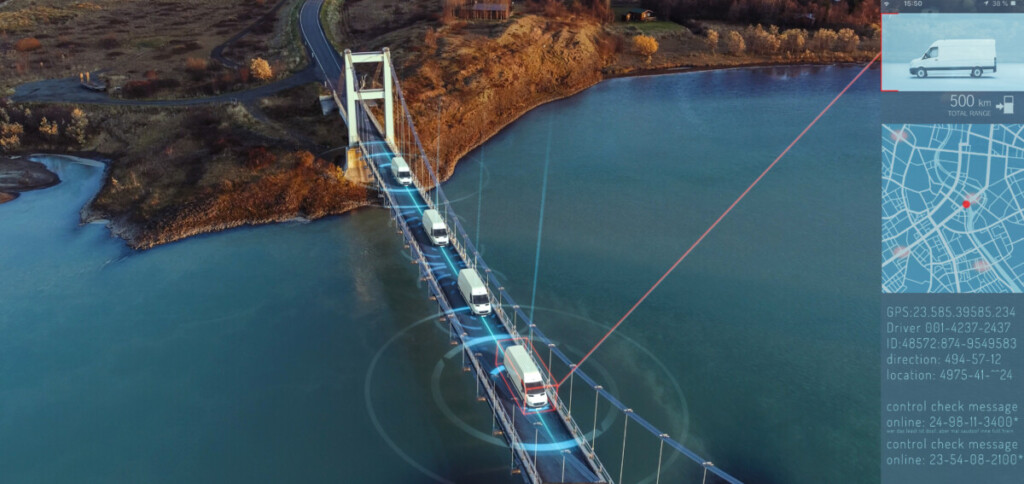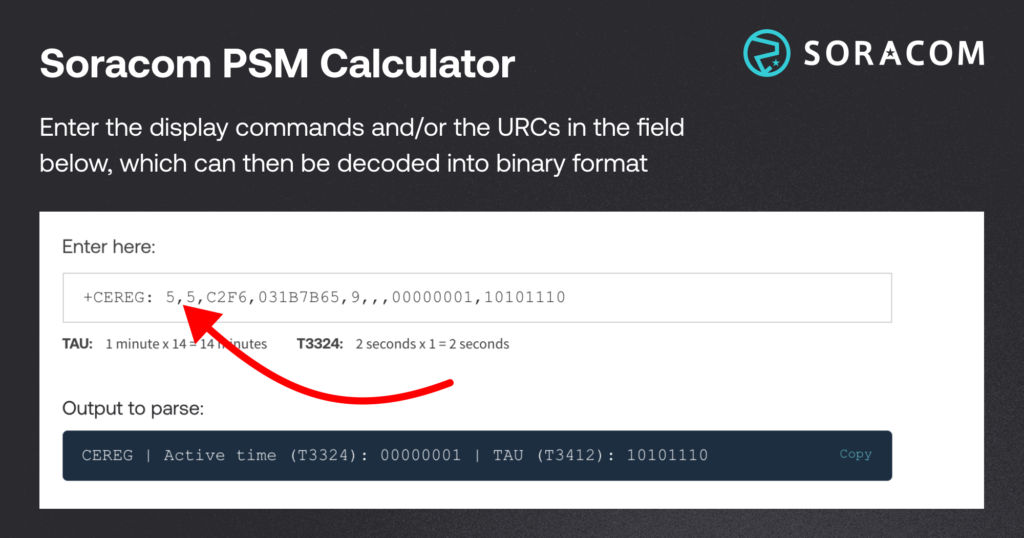How to Avoid Paying for IoT Connectivity You Don’t Use

For an IoT deployment to be successful, the value of the data collected from your M2M devices must outweigh the cost of retrieving it. This can sometimes be a challenge, particularly when your deployment needs frequent data transmissions. While it is important to know the size and frequency with which you’ll need to transmit data, it’s also important to know how to avoid being charged for IoT connectivity you aren’t using.
Retrieving data at frequent intervals when it’s not necessary will result in unnecessary data costs, power consumption, and information that may be superfluous to your deployment’s goals. To help manage your device and sim lifecycle and get your costs under control, you may want to explore the benefits of Extended Discontinuous Reception (eDRX) and Power Saving Modes (PSM).

What is eDRX?
For people trying to get their data usage under control, eDRX is a game changer. This function allows developers to set the time parameters for how long an IoT device stays in low-power sleep mode at any given time. By controlling the intervals at which a device switches on to be reachable for data transfers, developers can save a considerable amount of energy at scale.
This can both reduce the amount of data used across the entire fleet of deployed devices and improve a device’s battery life substantially. For example, an LTE-M1 device that transmits data once per day and wakes up every 60 hyper frames to check for commands (around every 10 minutes or so), a device could last 4.7 years in the field on 2 AA batteries alone
This can be useful in a number of applications. Using GPS data to keep track of large, barely mobile assets, for example, typically doesn’t require real-time updates. In these cases, setting the eDRX to a long idle period with occasional on-demand data requests should provide adequate monitoring of the assets and reduced dependence on data which should save costs and energy.
The amount of time you can set for sleep mode using eDRX will vary depending on the type of IoT connectivity, ranging from 43 minutes for LTE-M LPWA networks to three hours for NB-IoT LPWA networks. Be sure to speak with your developer and IoT connectivity provider to make sure that this will not negatively impact your IoT project.

What is PSM?
The aptly named Power Saving Mode (PSM) allows devices to enter a low-power mode to save energy and limit data transfers for a brief period. Much like eDRX, PSM can help greatly reduce power consumption and allow the device to go to ‘sleep’ for a specified amount of time to reduce power consumption.
Again like eDRX, this can be an ideal power-saving solution for applications that only need occasional data transfers. In Oil and Gas applications, for example, operators need to be able to read data off of flow meters in order to determine how much product has gone through their equipment. Because that data is not needed on a minute-by-minute basis and the equipment is often located in remote locations where power management becomes a crucial component of operating an IoT device, regularly swapping a device into PSM for a period of time can help keep them in the field for longer while keeping data costs to a minimum.
PSM sleep times tend to be much longer than eDRX, and devices are typically unreachable from commands during the sleep period. Devices also take a bit longer to get out of PSM mode but remain active for a longer period of time.

Soracom Solutions Beyond Connectivity
With Soracom you can easily employ eDRX and Power Saving Modes to help control the flow of your data. Timers for eDRX and PSM can be easily configured directly within the Soracom User Console, even at the group level without needing to modify device firmware. We also offer a PSM Calculator to help you figure out the correct timing within your devices’ code.
Making use of these two options, as well as ensuring that your application is requesting data at a rate that is applicable to your needs, you can ensure that you are only paying for the data you need to maintain as cost-effective an IoT solution as possible.
………………
Got any questions about an IoT deployment? Soracom offers a number of powerful solutions that have made us a visionary in the IoT space. Chat with us today to learn how a partnership with Soracom can get your project up and running easily and securely. Contact us today!



